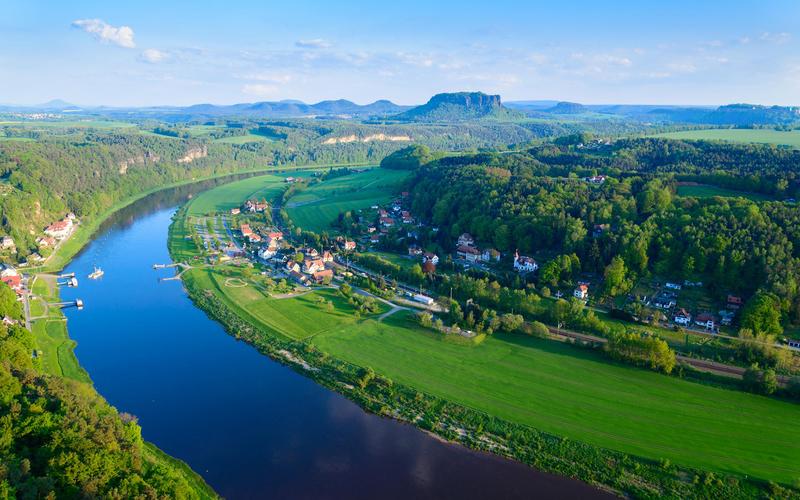Modern art is a term that refers to the various art movements that emerged during the late 19th and early 20th centuries. At a time when art was still mostly traditional and conservative, these movements challenged the status quo by introducing new styles, techniques, and subject matters. Over the years, modern art has continued to evolve, and its impact on the world of art and culture has been profound.
The first modern art movement was Impressionism, which originated in Paris in the 1860s. Impressionists sought to capture the fleeting, atmospheric effects of light and color in outdoor scenes, using loose brushwork and unconventional compositions. Some of the most famous Impressionists include Claude Monet, Pierre-Auguste Renoir, and Edgar Degas.
Post-Impressionism followed shortly after, in the 1880s and 1890s. Artists like Vincent van Gogh, Paul Cézanne, and Georges Seurat built on the Impressionist style but introduced more expressive colors and forms. Post-Impressionists were interested in exploring the psychological and emotional aspects of art as well as its purely visual qualities.
In the early 20th century, two major movements emerged simultaneously: Fauvism and Expressionism. Fauvism, led by Henri Matisse and André Derain, favored bright, bold colors and simplified forms, often representing nature and human figures in highly abstracted ways. Expressionism, on the other hand, was characterized by intense, distorted colors and forms that conveyed heightened emotions and inner turmoil. Some famous Expressionists include Edvard Munch and Wassily Kandinsky.
Cubism, developed by Pablo Picasso and Georges Braque in the 1910s, was another major modern art movement. Cubists broke subjects down into geometric shapes and planes and depicted them from multiple viewpoints, challenging the notion of a single, objective reality. Later on, Surrealism emerged as a reaction to World War I and the disorienting experiences of modern life. Surrealists like Salvador Dalí and René Magritte sought to tap into the subconscious mind and explore the irrational, dreamlike aspects of existence.
In the decades since, modern art has continued to evolve and diversify, giving rise to countless new movements and tendencies. Some of the most notable include Abstract Expressionism, Pop Art, Minimalism, and Conceptual Art. Today, the legacy of modern art can be seen everywhere, from museums and galleries to fashion, design, and advertising. Its impact on visual culture has been nothing short of revolutionary, and its influence shows no signs of abating.
(Note: Do you have knowledge or insights to share? Unlock new opportunities and expand your reach by joining our authors team. Click Registration to join us and share your expertise with our readers.)
Speech tips:
Please note that any statements involving politics will not be approved.
